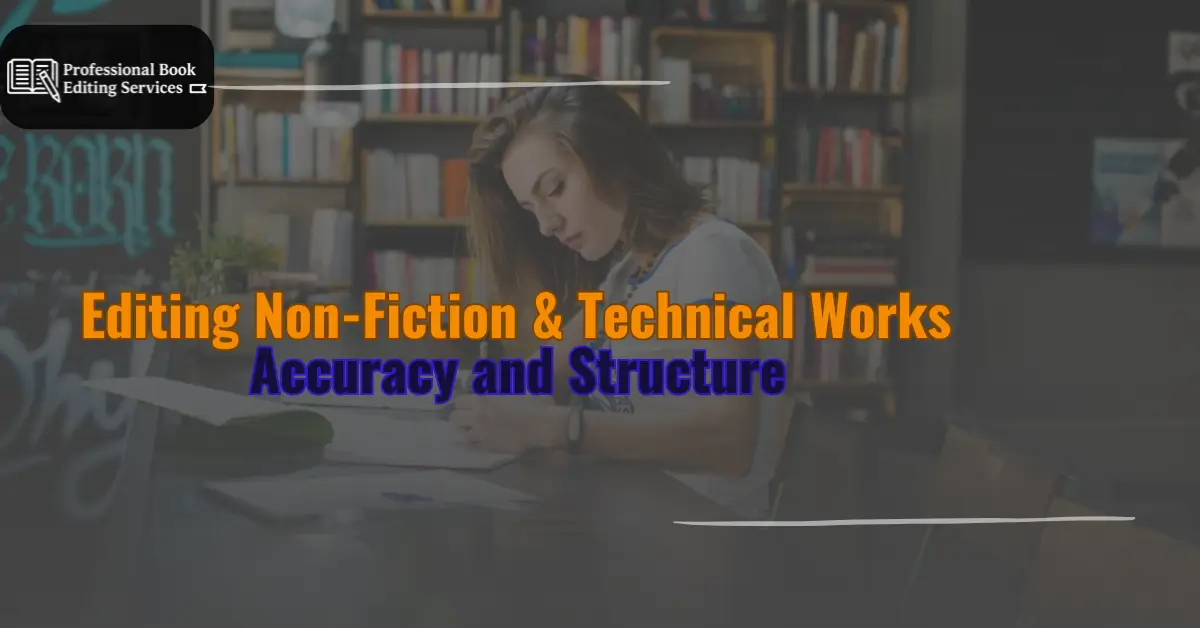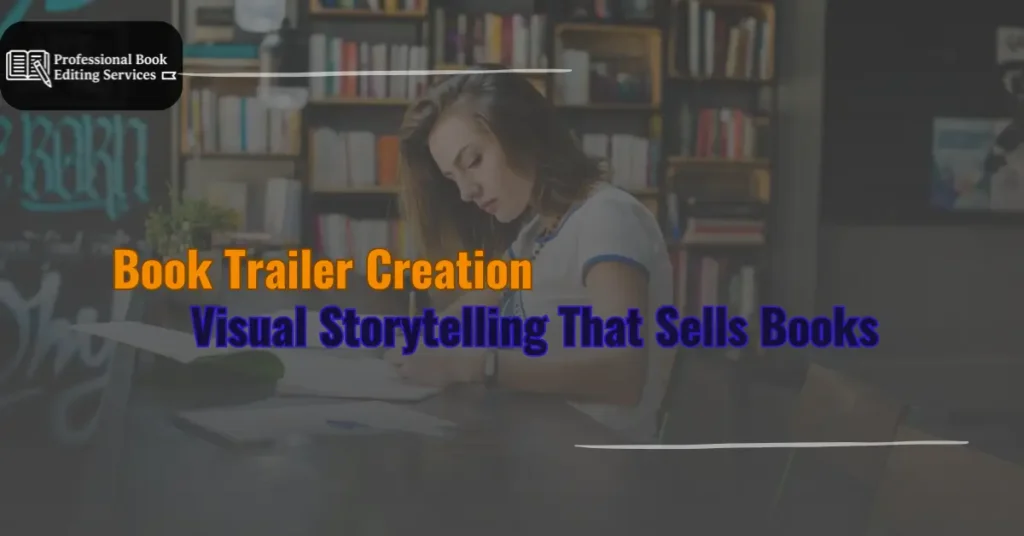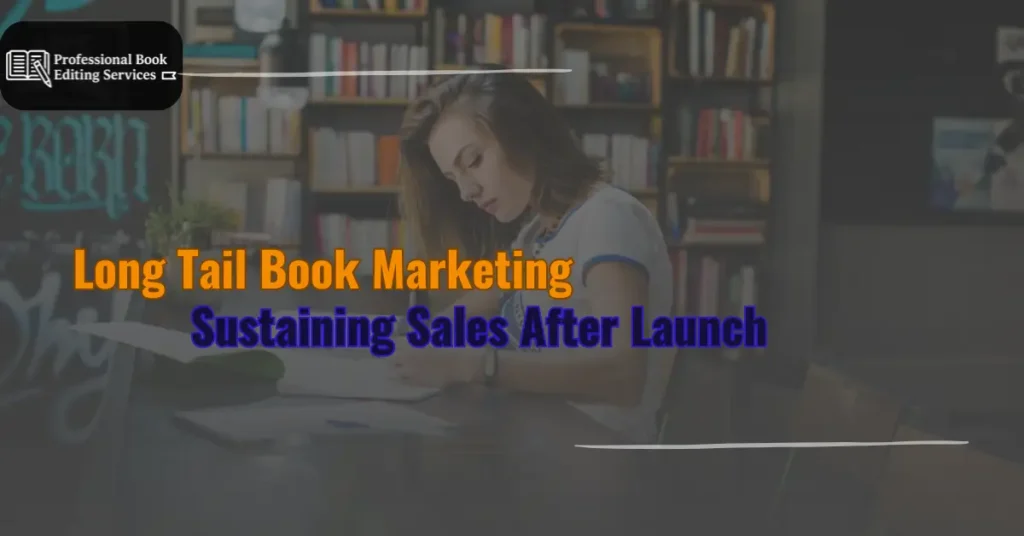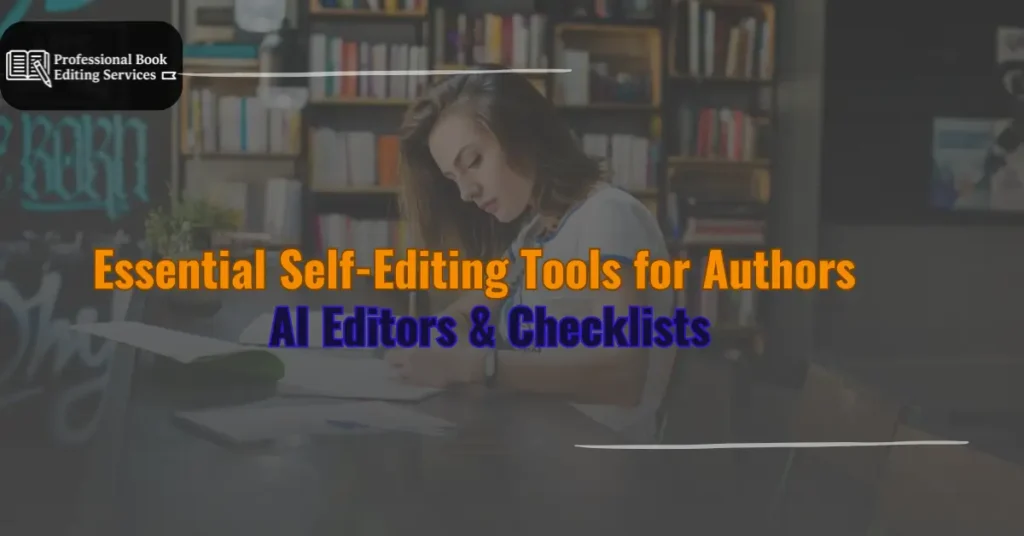People often assume non-fiction writing to be boring just because it focuses on facts, but that’s one fact that’s completely false. It’s more than presenting facts. It’s about delivering truth in a way that is clear, structured, and persuasive. Whether you’re explaining a complex concept, guiding someone through a real-life journey, or presenting industry research, your writing needs to work on two levels: the information must be right, and the delivery must be sharp. That’s why non-fiction editing is essential.
Editors who work on non‑fiction understand the balance between authority and readability. They help writers communicate ideas without overwhelming readers. They verify facts, tighten arguments, and create a natural flow that holds attention from start to finish.
From textbooks to how-to manuals to memoir-style essays, non‑fiction takes many forms. But no matter the content, the editing goals remain the same: maintain credibility, ensure precision, and improve the reader’s experience.
Clarity First: Making Complex Ideas Understandable
Clarity is the foundation of effective non‑fiction. Editors begin by examining sentence structure, word choice, and tone. They look for jargon, passive voice, or phrasing that may slow the reader down or obscure meaning.
In non‑fiction editing, one of the primary tasks is simplifying without dumbing down. Editors rework dense or technical language into accessible explanations. They eliminate redundancy and guide the author in creating logical progression from idea to idea.
This isn’t about removing detail, it’s about organizing it better. Editors ensure that each paragraph supports a main point and that transitions guide readers through the content naturally.
Writers who have experience in self-help book editing or memoir editing may already be familiar with this type of clarity-focused revision. The difference in non-fiction lies in consistency and scope. Complex ideas need to be presented clearly, every time, across the entire manuscript.
Fact-Checking for Accuracy and Trust
Credibility matters. A single inaccurate claim can damage the trust between writer and reader. That’s why fact-checking is an integral part of the editing process.
Editors verify names, dates, statistics, and references. They check whether claims are supported by evidence and whether sources are reliable. If there are gaps, they flag them for the author.
Depending on the topic, this may include verifying scientific terminology, reviewing technical processes, or checking legal references. Even personal essays that include factual references benefit from this step.
In more imaginative genres like YA fantasy editing or science fiction editing, internal consistency is key. In non‑fiction, it’s about real-world accuracy. Editors ensure the foundation is solid so readers can trust what they’re learning.
Logical Structure for Better Flow
Structure determines how easily a reader can absorb and retain information. Editors analyze how chapters and sections are organized. They identify redundancies, gaps, and tangents that break the flow.
They also suggest reordering content where needed. For example, background information might be more effective earlier in the text, while technical steps might need to be grouped for clarity.
Subheadings are often added or revised to guide readers. Clear structure not only improves understanding, but it also makes the book easier to navigate, especially in instructional or reference-based works.
This mirrors the work done in children’s book editing, where flow is just as critical for younger readers. In non‑fiction, the stakes are different, but the principle holds: structure shapes experience.
Honing the Author’s Voice
A non-fiction book isn’t a lecture, it’s a conversation. Editors refine the author’s voice so it feels authentic, confident, and approachable.
They adjust overly formal or robotic tones, smooth awkward transitions, and help maintain consistency across chapters. In memoir-heavy works, they ensure emotional tone aligns with the events being shared.
Authors who come from romance novel editing or thriller editing backgrounds often bring strong narrative instincts. Editors help adapt those instincts to serve the clarity and authority needed in non‑fiction.
A good editor brings out the one voice that’s already there.
Breaking Down Technical Content
Some non-fiction includes highly technical material, scientific processes, programming code, legal procedures, or data interpretation. Editors break this content into manageable parts.
They check whether visuals, such as charts or tables, support the text. They also suggest ways to use analogies or examples to make abstract ideas more relatable.
When editing technical content, editors borrow techniques from short story editing and even poetry editing, such as attention to pacing and emphasis. These skills help turn dense content into readable text.
Whether it’s a user manual or a thought-leadership book, the goal is the same: make it make sense.
Providing Constructive Suggestions
Editors don’t just fix, they guide. They offer insight on how a point could be made stronger, how a section could be clarified, or how a message could be better supported.
This is especially useful for authors using beta readers and editors. While beta readers may offer general impressions, editors provide specific feedback tied to writing mechanics and content delivery.
Early drafts also benefit from self-editing tools for writers, which can catch grammar issues and basic clarity problems. But these tools can’t replace professional input on tone, structure, or logic.
An editor sees the big picture and the fine print. Both matter in non-fiction.
Adapting Across Non-Fiction Categories
Non‑fiction spans a range of topics, tones, and styles. Editors understand how to shift gears based on the manuscript’s purpose and audience.
A motivational self-help book, for example, uses a different voice and pacing than a data-driven industry guide. Editors adapt their approach accordingly.
Many editors work across genres. Someone skilled in historical fiction editing might bring sensitivity to narrative arc and setting when editing a historical memoir. Someone with a background in fantasy book editing might offer creative insight into structuring speculative essays.
This flexibility is part of what makes a good editor valuable. They meet the text where it is, and bring it closer to where it needs to be.
Conclusion
Non‑fiction editing is where facts meet finesse. Editors shape the way complex ideas are presented, ensure the information is accurate, and create a structure that supports both clarity and engagement.
The result is a book that readers can trust, not just for its content, but for how clearly and confidently that content is delivered. And like with all good book editing services, the best editing makes their work more powerful.
Whether you’re writing a technical manual, a thought piece, or an in-depth analysis, editing helps transform information into impact. And that’s what every non-fiction book should strive for.





